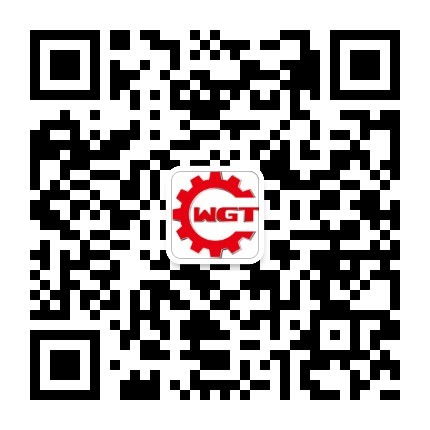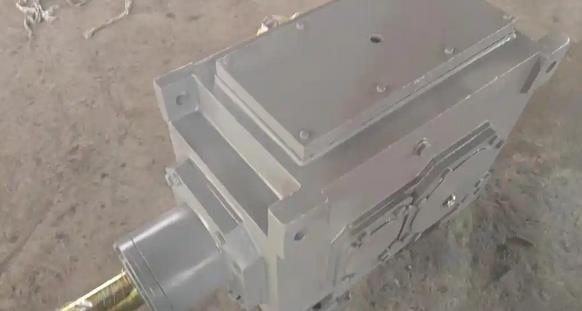What precautions should be taken when replacing bearings in SEW reducers
Bearing model and specificationsConfirm original model: Before replacement, it is necessary to carefully check the model and specifications of the original bearing, including inner diameter, outer diameter, width, tolerance level, clearance and other parameters, to ensure that it can accurately match the shaft and bearing seat of the reducer and operate normally.

Consider special requirements: If the gearbox operates under special conditions such as high temperature, high speed, high load, etc., it is also necessary to confirm whether the original bearings have special design or material requirements, such as high-temperature resistant materials, special lubrication methods, etc., and meet them when replacing them.
Installation and disassembly tools
Use appropriate tools: When disassembling and installing bearings, use professional and suitable tools such as pullers, presses, socket wrenches, etc. Avoid using inappropriate tools that may cause damage to bearings, shafts, or bearing seats. For example, when using a puller to disassemble a bearing, it is necessary to ensure that the claw hook of the puller is in uniform contact with the inner or outer ring of the bearing to avoid uneven force that may cause deformation of the bearing.
Tool maintenance and calibration: Regularly maintain and calibrate tools to ensure their good performance and accurate precision. The pressure display of the press should be accurate to ensure that the pressure applied during bearing installation meets the requirements, avoiding damage to the bearings caused by excessive pressure or installation failure caused by insufficient pressure.
Cleaning and lubrication
Maintain cleanliness: Throughout the entire replacement process, it is important to keep the internal components of the gearbox, bearings, shafts, and bearing seats clean. Use a clean cloth or specialized cleaning agent to remove oil stains, impurities, and metal shavings, preventing them from entering the interior of the bearing and affecting its normal operation and service life. Before installing new bearings, it is best to clean the relevant components with clean gasoline or kerosene, and then dry them with compressed air or let them air dry naturally.
Correct lubrication: Choose high-quality lubricating grease or oil suitable for the working conditions of the gearbox. Before installing the bearing, apply an appropriate amount of lubricating grease evenly on the inner and outer rings, rollers, and cage of the bearing to reduce friction and wear, while also providing heat dissipation and sealing. For reducers that use oil bath lubrication, it is necessary to ensure that the oil level is correct and that the quality and performance of the lubricating oil meet the requirements. If necessary, the old oil can be tested or replaced with new oil.
installation accuracy
Ensure coaxiality: When installing bearings, ensure the coaxiality of the bearings with the shaft and bearing seat. If the coaxiality error is too large, it will cause the bearing to bear uneven loads, accelerate bearing wear and damage, and even affect the normal operation of the gearbox. Tools such as a dial gauge can be used for measurement and adjustment to control the coaxiality error of the bearing after installation within the allowable range.
Control axial clearance: According to the design requirements of the reducer, reasonably control the axial clearance of the bearings. Too small axial clearance may cause the bearing to jam due to thermal expansion during operation; Excessive axial clearance can affect the transmission accuracy and stability of the gearbox. Generally speaking, the product manual of SEW reducer will provide recommended values for bearing axial clearance, which can be achieved by adjusting components such as gaskets and spacers to achieve the appropriate clearance.


